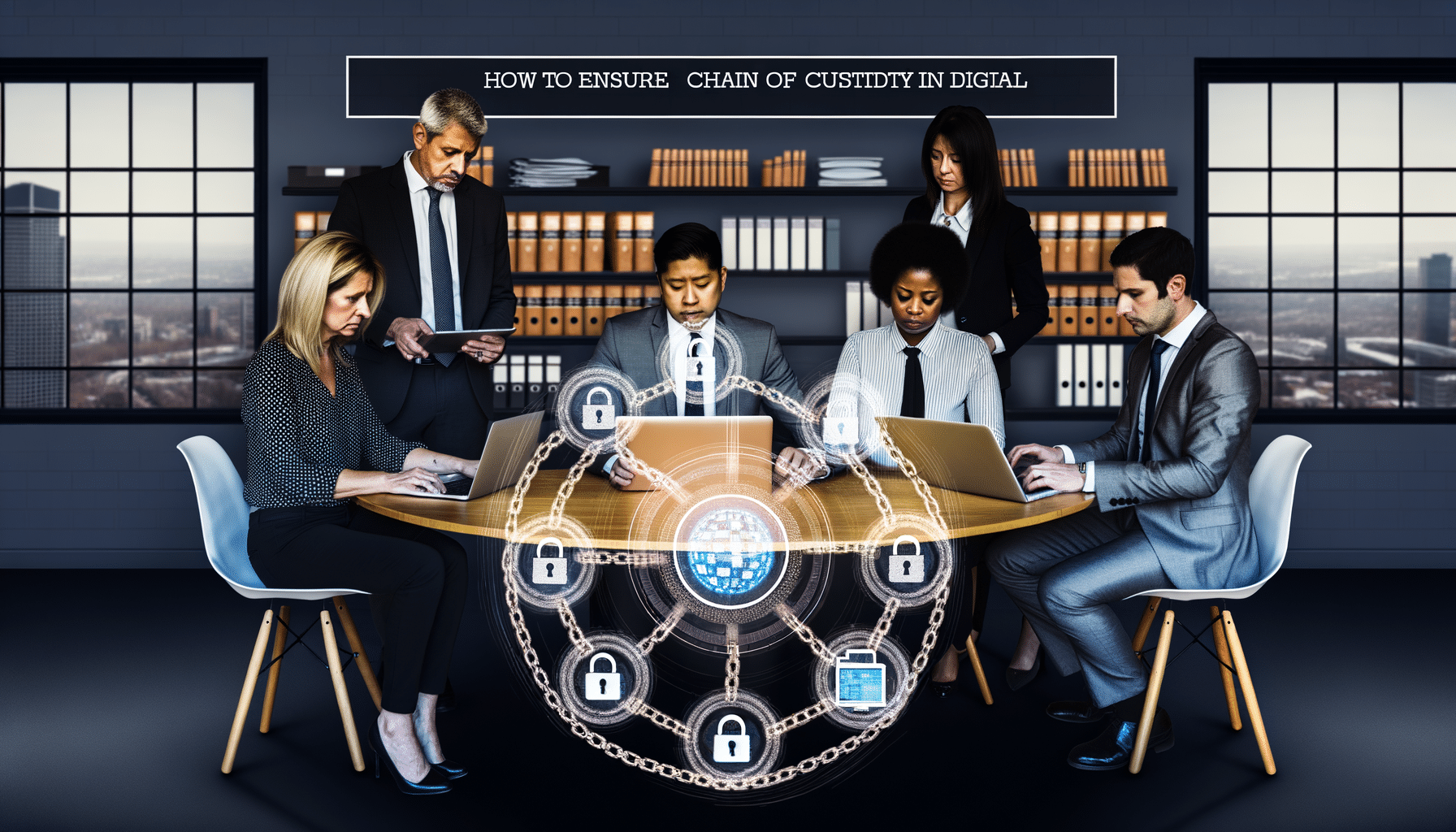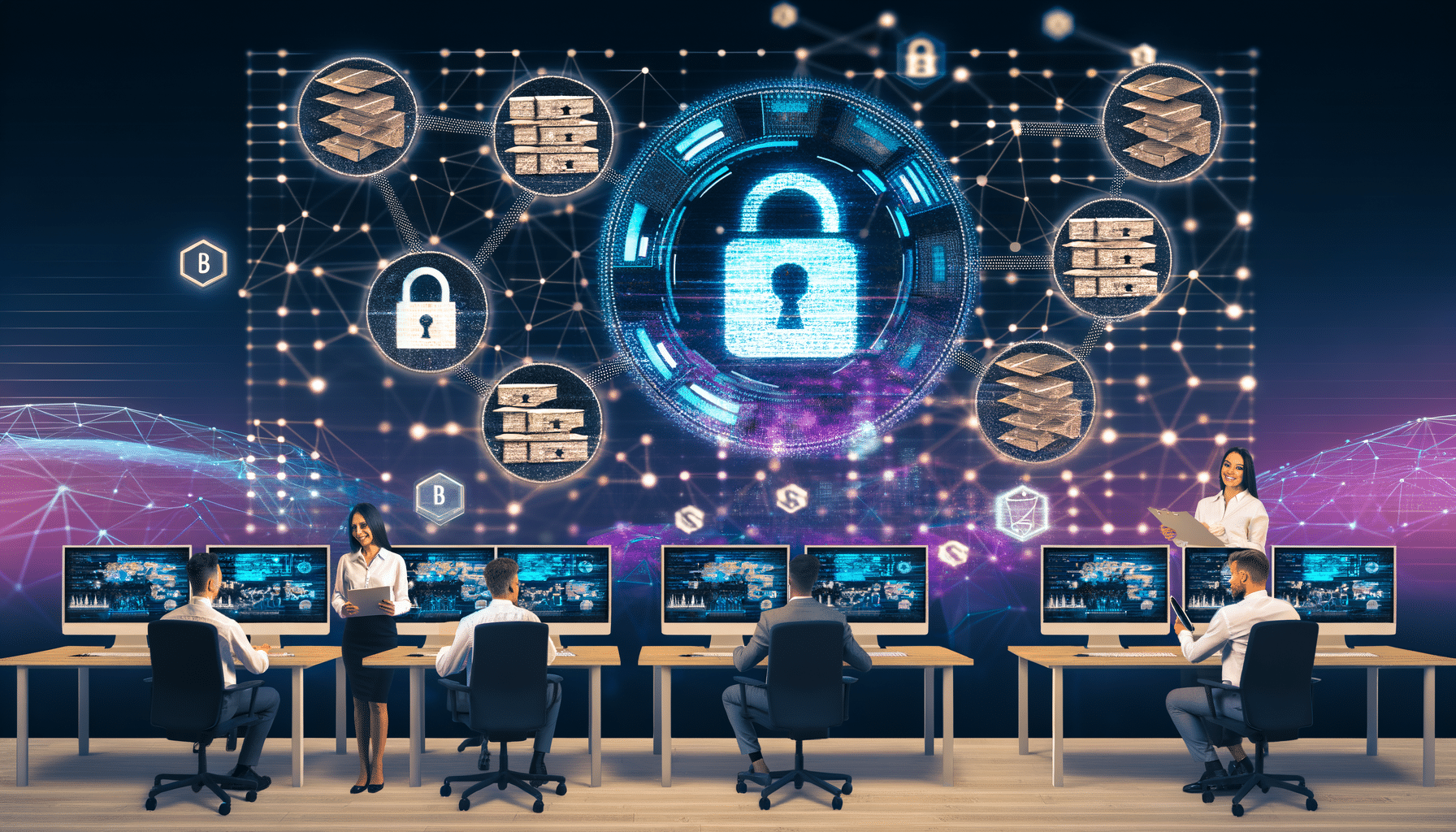Understanding the Chain of Custody in Digital Records
As someone deeply immersed in the intricate world of record management, I know that ensuring the accuracy, security, and accessibility of digital legal records is critical. The digital age has transformed how we handle legal documents, and with that evolution comes the responsibility of maintaining a robust chain of custody. Let me share some of the fundamental strategies we can adopt to secure digital legal records effectively.
Why Chain of Custody Matters
In the realm of digital legal records, the chain of custody is more than just a procedure—it’s the backbone of justice being served accurately and ethically. The chain of custody involves documenting each party who handles the evidence, ensuring that data hasn’t been altered during its journey. This is vital for maintaining the integrity of records in legal proceedings.
In our technologically driven era, negligence or errors in preserving this chain can lead to severe consequences, including the mistrust of critical evidence. The stakes are high, and thus, stringent measures need to be employed.
Best Practices for Digital Chain of Custody
Ensuring a seamless chain of custody in digital legal records includes a blend of technology adoption, stringent protocols, and ongoing vigilance. Here’s how to adequately protect this crucial element.
Implementing Strong Authentication Methods
Firstly, one cannot overstate the importance of authentication in preserving digital records. Use two-factor authentication (2FA) or multi-factor authentication (MFA) to ensure that only authorized personnel access sensitive legal documents. At RecordsKeeper.AI, we leverage cutting-edge AI and Blockchain technologies to add an impermeable layer of security around these records.
Utilizing Blockchain for Immutable Records
Blockchain technology inherently guarantees tamper-proof data, making it an ideal fit for legal documents. Whenever a legal document changes hands, the transaction can be recorded on the blockchain, adding a layer of transparency and traceability. This assists in upholding an unbreakable chain of custody, as each transaction is immutable and verifiable.
Detailed Access Logs and Audit Trails
Implementing comprehensive access logs and audit trails is non-negotiable. These logs offer detailed tracking of who accessed what data and when. At RecordsKeeper.AI, we integrate audit-ready reports to ensure every action taken on a document is fully documented, thus maintaining total transparency within the chain of custody.
Regular Employee Training
Ensuring employees are well-versed in best practices is as essential as the technology itself. Regular training and workshops help in cultivating a culture of vigilance and responsible data handling. A well-informed team can dramatically reduce the risk of human error that might compromise digital records.
The Role of Automation in Record Handling
With advancements in AI, the automation of record categorization and retrieval has played a pivotal role in maintaining data integrity. Automation reduces the human involvement in these processes, which inherently minimizes the risk of errors. An intelligently automated system enhances the reliability of the chain of custody by ensuring that every document is systematically categorized and accessible through natural language queries.
Ensuring Compliance and Legal Adherence
Finally, a comprehensive understanding of the legal frameworks and compliance standards is necessary. Ensuring that digital records management complies with GDPR, HIPAA, or SOX is crucial. At RecordsKeeper.AI, we have built-in compliance management features enabling easy adherence to regulatory protocols through automated checks and balances.
Final Thoughts
In the world of digital record management, focusing on the chain of custody means staying a step ahead in the game of compliance and data integrity. As I see it, the blend of human vigilance with advanced technologies like blockchain and AI is reshaping how we perceive and manage legal records. By taking these steps, we set the stage for reliable and trustworthy legal processes—a goal that drives us at RecordsKeeper.AI daily.
I’m eager to share more and explore further how we can revolutionize record management together. Follow my journey, and let’s continue to establish trailblazing solutions that prioritize security and efficiency in the digital world.









